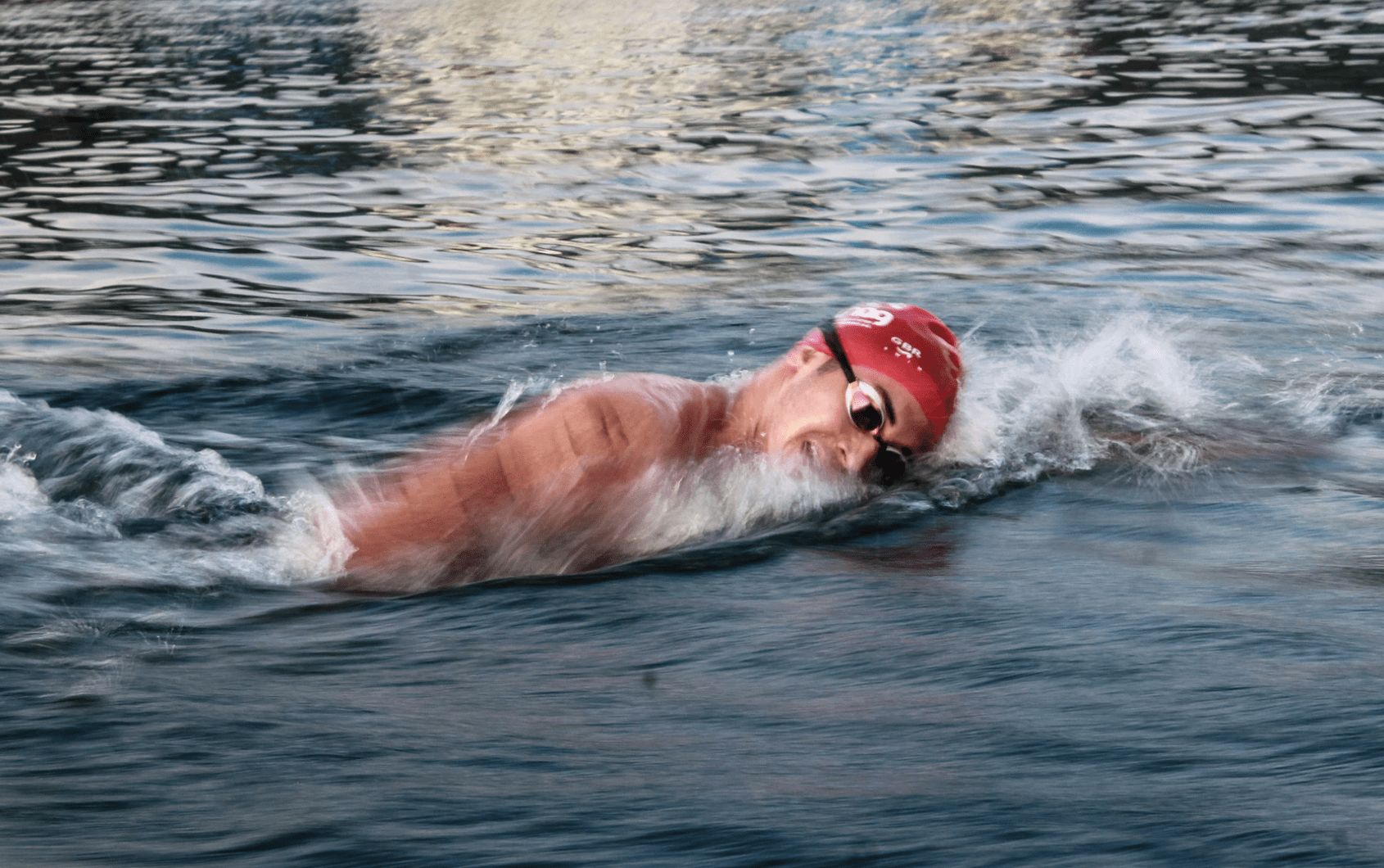04/07/2020 | Swimming Pool & Spa | 14 MINUTE READ
How to Safely Add Muriatic Acid To Your Pool

Muriatic acid is a somewhat diluted version of hydrochloric acid. As with most other forms of acid, muriatic acid is highly corrosive, which means that you need to be very careful whenever you use it. If you have a swimming pool in your backyard, muriatic acid can be integral towards making sure that the proper water chemistry is maintained. The main reason that muriatic acid needs to be added into pool water is because it can help reduce pH levels that have become too high. High pH levels are known to lead to the development of scale.
Along with balancing the pH levels of your pool water, muriatic acid is strong enough to kill mold, remove rust stains, get rid of calcium deposits, and clean the surfaces of your pool. If you want your pool water to be clean and healthy to swim in, it’s very important that you take steps to clean the pool on a consistent basis. Because of how corrosive muriatic acid can be, you should know exactly how to use it before you add it to your pool water.
This article goes into detail about what it takes to safely add muriatic acid to your pool.
What is Muriatic Acid?

Muriatic acid is a special type of acid that’s considered to be a less-pure and somewhat diluted version of hydrochloric acid. This acid is beneficial because of its highly corrosive properties. For instance, muriatic acid can corrode everything from clothing and carpet to metals and plastics. As such, it’s effective at reducing the pH of water. However, the corrosive nature of muriatic acid is also what makes it dangerous to use if you’re unsure of what you’re doing. If this acid gets onto your skin, it will cause severe burns.
Why Should You Add Muriatic Acid to Your Pool?
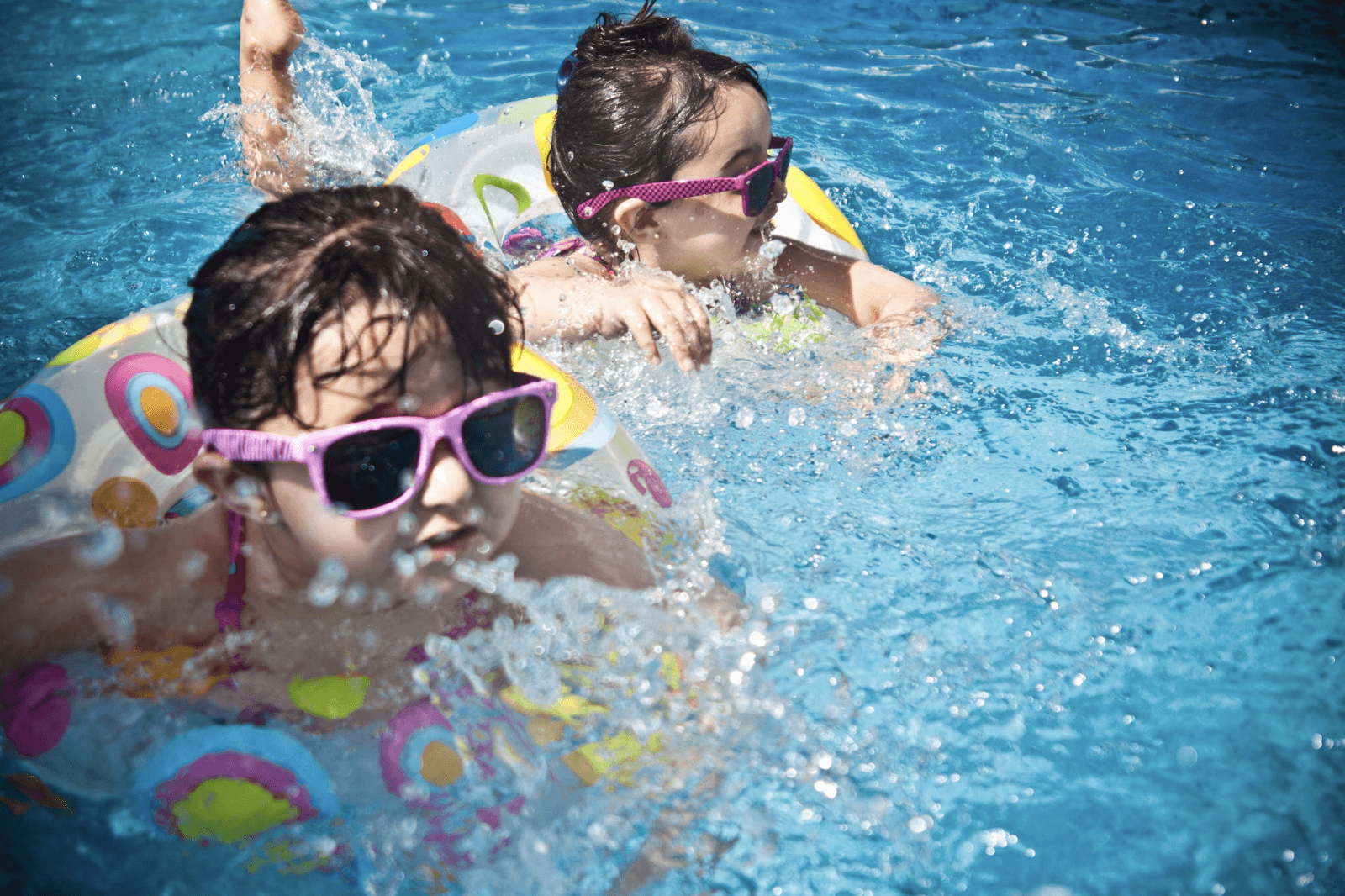
It’s important to add muriatic acid to your pool because it can help you balance pH levels when they have reached levels that are too high. The proper pH level ranges from 7.2-7.8, which means that the water is effectively balanced. If the pH levels drop below this number, the water has become acidic, which can introduce a wide range of problems to your pool water. However, water becoming too alkaline may be even more problematic.
If the water in your pool reaches a pH level that’s higher than 7.8, this means that the water has become too alkaline. While alkaline water isn’t as dangerous to your health as highly acidic water, it can create issues that you should avoid if possible. For instance, the water in your pool can become cloudy if it has a high pH reading.
The chlorine in the water will also be less effective, which means that it will be more difficult to keep your pool clean. High pH levels can cause scaling to occur as well, which refers to the buildup of calcium deposits in the pool water. These deposits can damage the equipment around your pool, which can make for expensive repairs. Balancing pH levels in your pool water should give you peace of mind that your pool is clean.
Steps to Add Muriatic Acid to Your Pool
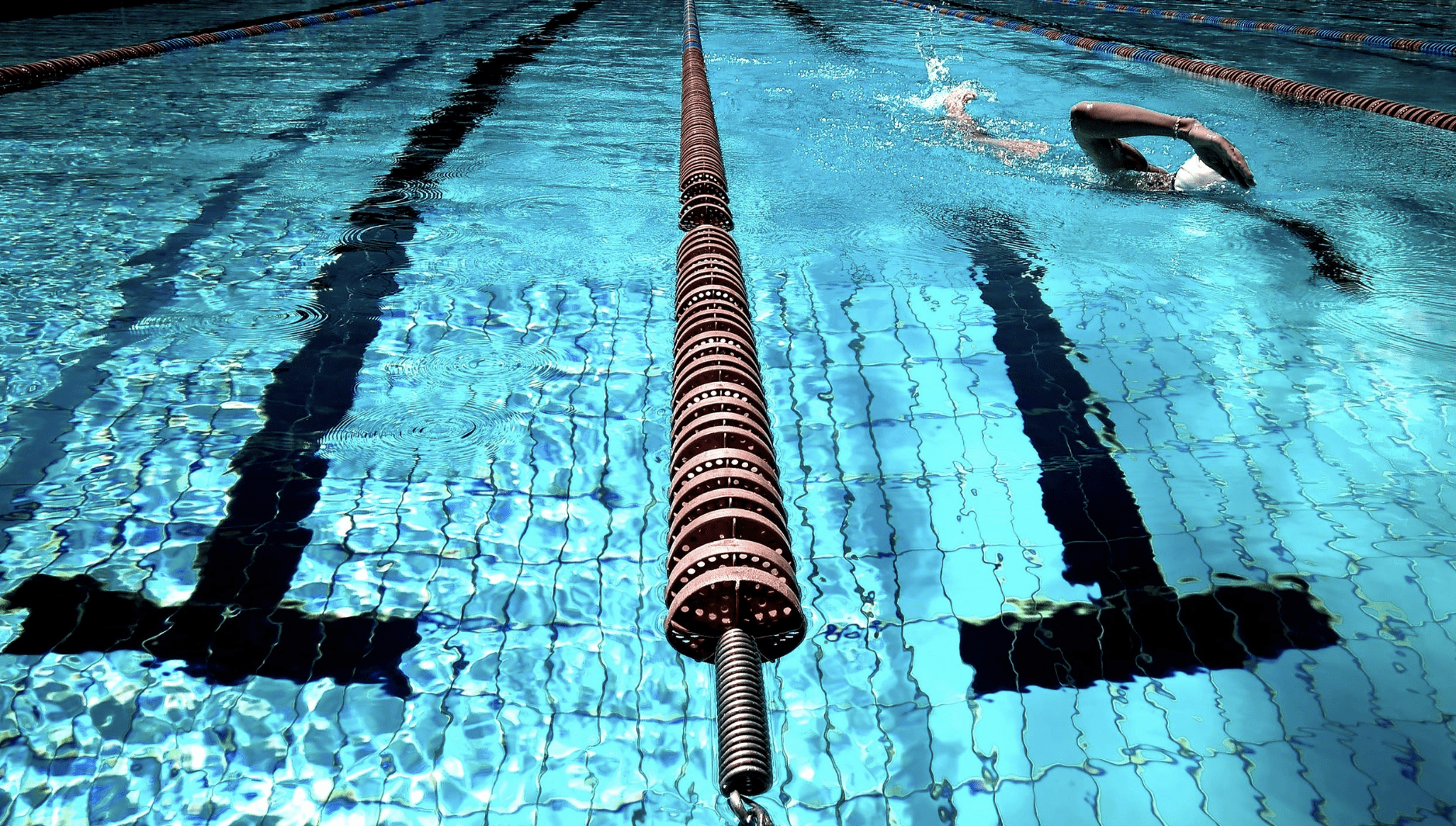
If you believe that the water chemistry in your pool isn’t correctly balanced, you may need to add some muriatic acid to lower the pH levels. Before you do so, it’s recommended that you carefully read the following steps that are required for properly adding muriatic acid to the pool. By following these steps, you should be able to add the acid in a safe manner. Contact Sensorex if you need any assistance.
Step 1. Test Your Pool’s Levels
The first step in this process involves testing the water chemistry levels in your pool, which can be done with several different Sensorex products. While it’s possible to use test strips to identify the pH levels of the water in your pool, these strips can be inaccurate. Instead, you should use a pH sensor, which can provide precise pH readings. Here at Sensorex, we offer a wide range of pH sensors, which include everything from laboratory sensors that are ideal for pool testing to differential pH sensors that can hold up under rigorous testing.
If you plan on testing the water chemistry of your pool on a regular basis, you might want to opt for a process sensor or differential sensor. A great pH sensor for swimming pools is the pH1000 sensor, which is durable and very easy to use. The SD7420CD probe can also be highly effective if you plan on using the sensor for a variety of applications. If you find that the pH readings are too high, it might be time to add some muriatic acid to the pool. Keep in mind that the ideal readings for pool water are between 7.2-7.8, which means that anything higher may call for acid.
Step 2. Wear Protective Gear
Before you start adding muriatic acid to your pool, it’s very important that you wear protective gear. Even momentary exposure to the skin can lead to the development of severe burns in the affected areas, which is why protective gear is essential. For one, make sure that the clothing you wear while adding muriatic acid to the pool is able to fully cover your legs and arms.
If you have a pair of goggles, use them to protect your eyes from any potential splashing. It’s also important that you wear durable gloves that are wholly resistant to acid. The label that can be found on your gloves should tell you what the gloves are resistant to. If ever some of the acid splashes on your skin, you need to place cool water on the area immediately, which can mitigate the effects of the acid.
Step 3. Dilute the Acid
Diluting the acid is the next and most critical step in safely adding the acid to your pool. If you add acid to your pool water without first diluting it, the solution will be far too potent. Diluting the acid allows for the right chemistry to be reached before the acid is added to the pool water.
Before you start diluting the acid, make sure that you never add water to acid. Doing so will lead to a strong reaction that will cause the acid to spray out of the container and onto yourself. To properly dilute acid, you should first fill up a 4-5 gallon bucket with water. This water should be clean water as opposed to pool water. The acid that you place into the water should be around 10 percent of the water in the bucket, which equates to a 1/10 ratio of acid/water.
Step 4. Turn On Your Pool
Make sure that you turn on your pool before adding the acid to the water. The water should be running and circulating fully before you place the acid in the pool.
Step 5. Slowly Add the Acid to the Water
Now it’s time to finally add the acid to the water. The acid/water mixture that you’ve created should be taken around the perimeter of the pool, which allows it to properly disperse throughout all areas of the pool. Make sure that you don’t reenter the pool for least 30 minutes. When you’re adding the acid to the water, it’s recommended that you do so very slowly. Any splashes could cause your skin to become burned, which is why extra precautions are important.
Step 6. Check the pH Levels Again
Now that you’ve added the muriatic acid to your pool, it’s time to check the pH levels again. Keep in mind that this testing should occur only after a few hours have passed. In the event that the sensor readings are still too high, you can add very small amounts of muriatic acid to the pool water until you reach the desired pH. Make sure that you retest the water every 3-4 hours until you have reached the correct pH readings, which can be anywhere from 7.2-7.8.
As mentioned previously, the various pH sensors that can help you test the water include the pH1000 lab sensor, the SD4720CD probe, and the pH3000 research-grade sensor. All of these sensors will provide you with precise readings that can help you determine if additional muriatic acid should be placed in your pool water.
Muriatic Acid Vs. Hydrochloric Acid Vs. Sulfuric Acid
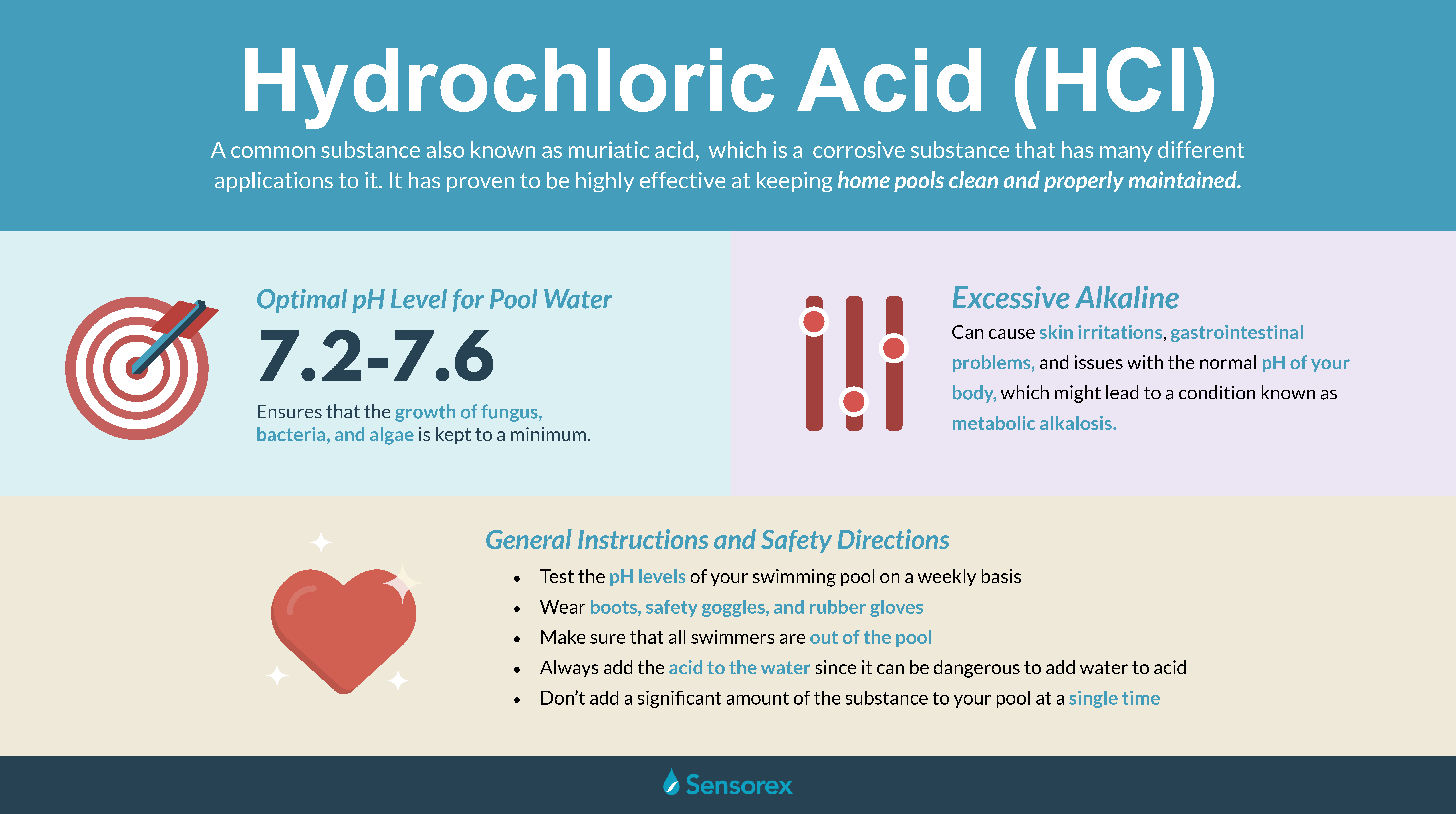
There are three very common types of acid that can be used in water, which include muriatic acid, hydrochloric acid, and sulfuric acid. Both muriatic acid and hydrochloric acid are highly similar in composition. In general, muriatic acid is a less pure form of hydrochloric acid. In order to obtain its potency, contaminants are added directly to the muriatic acid. As for hydrochloric acid, it’s commonly used in laboratory applications. Since muriatic acid isn’t as pure as hydrochloric acid, it’s also less expensive.
When looking specifically at sulfuric acid, this is a form of acid that can be used alongside muriatic acid to lower the pH levels of your pool water. However, muriatic acid is less expensive and doesn’t come with the side effects that result from sulfuric acid. While it’s possible to use sulfuric acid to lower pH levels of pool water, this acid is stronger and more harmful than muriatic acid. When used in pool water, sulfuric acid creates fumes and can add total dissolved solids to the water, which increases the possibility of corrosion. Likely the best option for lowering the pH levels of your pool water is muriatic acid.
Achieve the Ideal pH Balance with Muriatic Acid

When used correctly, muriatic acid can lower the pH levels of your pool water. The potency of muriatic acid makes it beneficial at getting rid of hardened water that has become too alkaline. It’s also much more affordable when compared to sulfuric acid and hydrochloric acid, which is why it’s recommended that you use it for your pool cleaning needs.
While there are a wide range of pH sensors that will allow you to accurately test the chemistry of your water, likely the best option for testing pool water would be the pH1000 sensor, which is designed for light-duty use and has a fast response time.
Importance of Proper Water Chemistry for Your Pool
Maintaining the proper water chemistry in your pool is vital for ensuring a safe and enjoyable swimming experience. Balanced pH and alkalinity levels contribute to water clarity, swimmer comfort, and the effectiveness of pool sanitizers. When the pH and alkalinity are imbalanced, various issues can arise. High pH levels can lead to cloudy water, reduced chlorine efficacy, and potential scale formation on pool surfaces and equipment. On the other hand, low pH levels can cause skin and eye irritation, corrosion of pool equipment, and even damage to pool structures. By understanding the significance of water chemistry, you’ll be better equipped to ensure your pool remains a refreshing and inviting oasis.
The Science Behind Muriatic Acid
Muriatic acid, also known as hydrochloric acid, is a strong and highly corrosive acid commonly used for pH adjustment in pools. Its corrosive properties stem from its ability to release hydrogen ions when dissolved in water. These ions react with hydroxide ions in the water, lowering its pH. Muriatic acid’s strength makes it effective in reducing alkalinity and pH levels in pool water. However, its potency also makes it hazardous to handle, necessitating proper safety measures during use. The acid’s ability to rapidly lower pH levels underscores the importance of carefully adding it in controlled quantities.
Comparing Different Types of Acids
There are various acids used in pool maintenance, including muriatic acid, hydrochloric acid, and sulfuric acid. Muriatic acid is a diluted form of hydrochloric acid, tailored for safer use in pool applications. Hydrochloric acid is commonly used in laboratories but is too strong for direct pool use. Sulfuric acid is another option for pH reduction, but its potency and potential side effects make it less suitable for pools. When choosing an acid for pool maintenance, muriatic acid stands out for its effectiveness, affordability, and relative safety when handled properly.
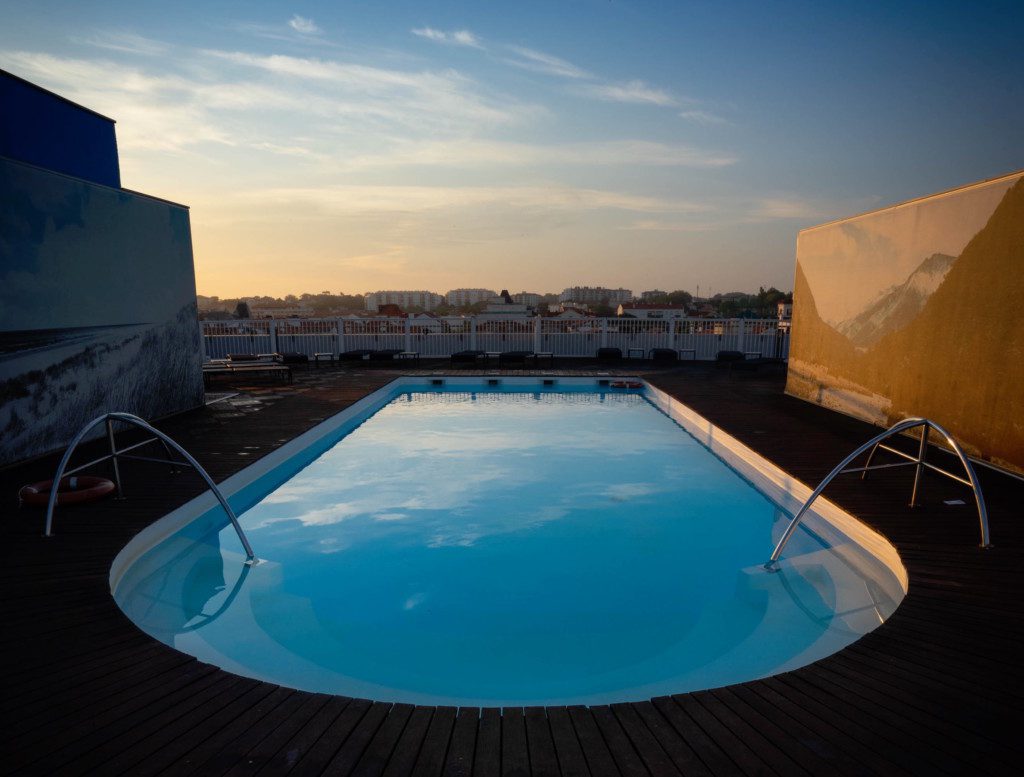
Understanding pH Levels and Alkalinity
pH and alkalinity are fundamental parameters that dictate the overall balance of your pool water. pH measures the acidity or alkalinity of the water, with a neutral pH being 7.0. A pH below 7.0 is acidic, while a pH above 7.0 is alkaline. Alkalinity acts as a buffer, stabilizing pH levels. The ideal pH range for pool water is between 7.2 and 7.8, which ensures chlorine efficiency and swimmer comfort. Total alkalinity, typically between 80 and 120 ppm, prevents drastic pH fluctuations and maintains water balance. By understanding these concepts, you can take proactive steps to maintain a healthy pool environment.
The Role of Muriatic Acid in Pool Maintenance
Muriatic acid plays a multifaceted role in pool maintenance, primarily in pH adjustment and water balance. By carefully adding muriatic acid, you can reduce high pH levels, preventing water cloudiness, ineffective chlorine, and scale formation. Additionally, muriatic acid’s corrosive properties enable it to remove stains, scale, and calcium deposits from pool surfaces and equipment. This acid’s versatility makes it an indispensable tool for pool owners seeking to maintain pristine water quality and extend the lifespan of their pool components.
Safety Measures and Protective Gear
Before adding muriatic acid to your pool, prioritizing safety is paramount. Acid exposure can lead to serious skin burns, eye damage, and respiratory issues. To safeguard yourself, wear appropriate protective gear, including acid-resistant gloves, goggles, and fully covering clothing. Always handle muriatic acid in well-ventilated areas to minimize inhalation risks. Dilute the acid in water before adding it to the pool, and store it in its original container away from other chemicals. By adhering to these safety measures, you can mitigate potential hazards and perform acid-related tasks with confidence.
Step-by-Step Guide to Adding Muriatic Acid
Step 1. Test Your Pool’s Levels: Before adding muriatic acid, use reliable pH sensors to accurately measure pH and alkalinity levels in your pool water.
Step 2. Wear Protective Gear: Ensure you are wearing acid-resistant gloves, goggles, and protective clothing to minimize the risk of acid contact.
Step 3. Dilute the Acid: Dilute muriatic acid in clean water with a 1/10 ratio of acid to water to achieve the appropriate chemistry before adding it to the pool.
Step 4. Turn On Your Pool: Ensure the pool’s circulation system is running before adding the acid to allow for even distribution.
Step 5. Slowly Add the Acid to the Water: Gently add the diluted acid mixture along the pool’s perimeter, avoiding splashes. Do not reenter the pool for at least 30 minutes.
Step 6. Check the pH Levels Again: After a few hours, retest the water’s pH levels. If necessary, repeat the process to achieve the desired pH range of 7.2-7.8.
Alternative Methods for pH Adjustment
In addition to muriatic acid, there are alternative methods for adjusting pH levels in your pool. Aeration, achieved by directing return jets upward, can raise pH levels naturally. pH increasers, though milder than muriatic acid, can also help balance pH. It’s essential to choose the method that suits your pool’s needs and to be mindful of potential impacts on total alkalinity.
Common Mistakes and Troubleshooting
While adding muriatic acid can be straightforward when done correctly, common mistakes can occur. Address issues such as adding too much acid, failing to properly dilute, or neglecting safety precautions. Troubleshoot these mistakes promptly to ensure a safe and well-maintained pool.
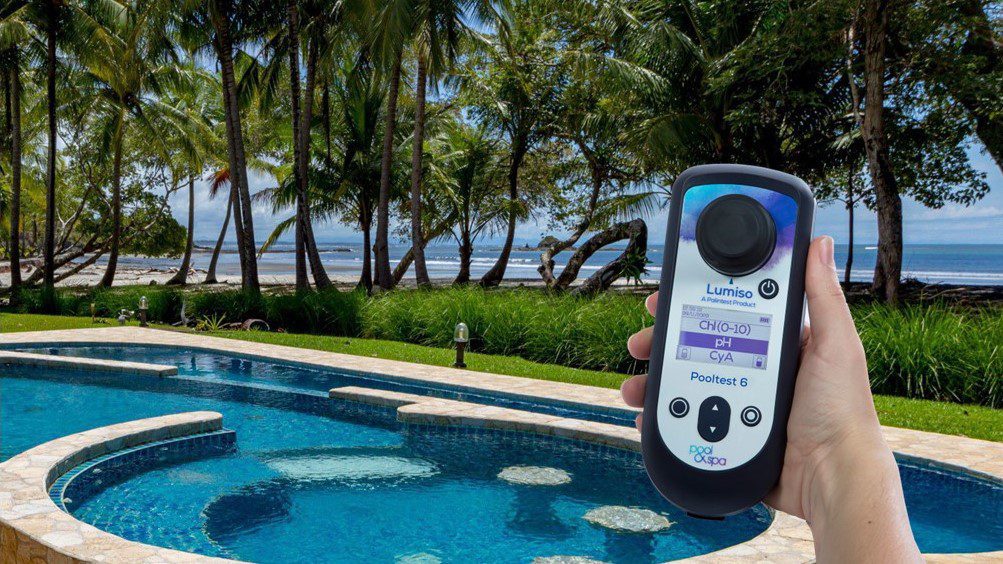
Maintaining Proper Pool Chemistry Long-Term
Achieving and maintaining balanced water chemistry requires regular testing and upkeep. Periodic checks of pH and alkalinity, along with routine pool cleaning, filter maintenance, and water circulation, contribute to a healthy and inviting pool environment.
Consulting Professionals for Assistance
If you encounter challenges or uncertainties during the acid addition process, consider seeking guidance from pool maintenance professionals. Expert advice ensures proper procedures and safeguards are in place.
If you need any help in understanding the proper composition of water or how to test pH levels, contact Sensorex today!
Posted by Dominic O'Donnell on April 7, 2020
Sensorex is a global leader in the design and manufacture of quality sensors for water quality and process applications. The company offers more than 2000 sensor packages for pH, ORP, conductivity, dissolved oxygen, free chlorine, chlorine dioxide, UV transmittance and other specialty measurements, as well as a full line of sensor accessories and transmitters. Its expert technical support engineers solve analytical sensor challenges with custom designs and off the shelf products.
